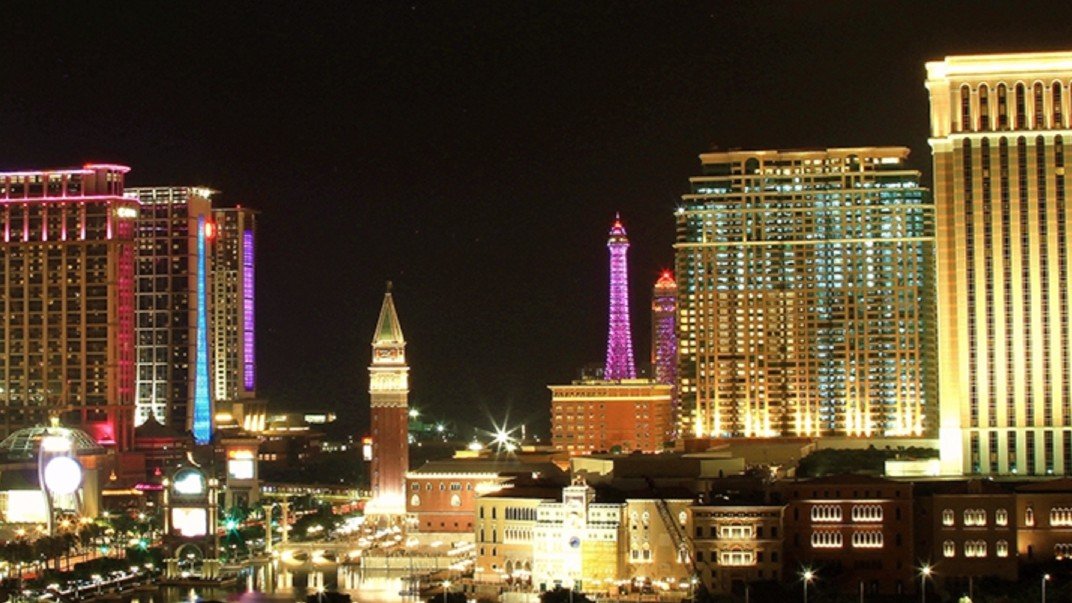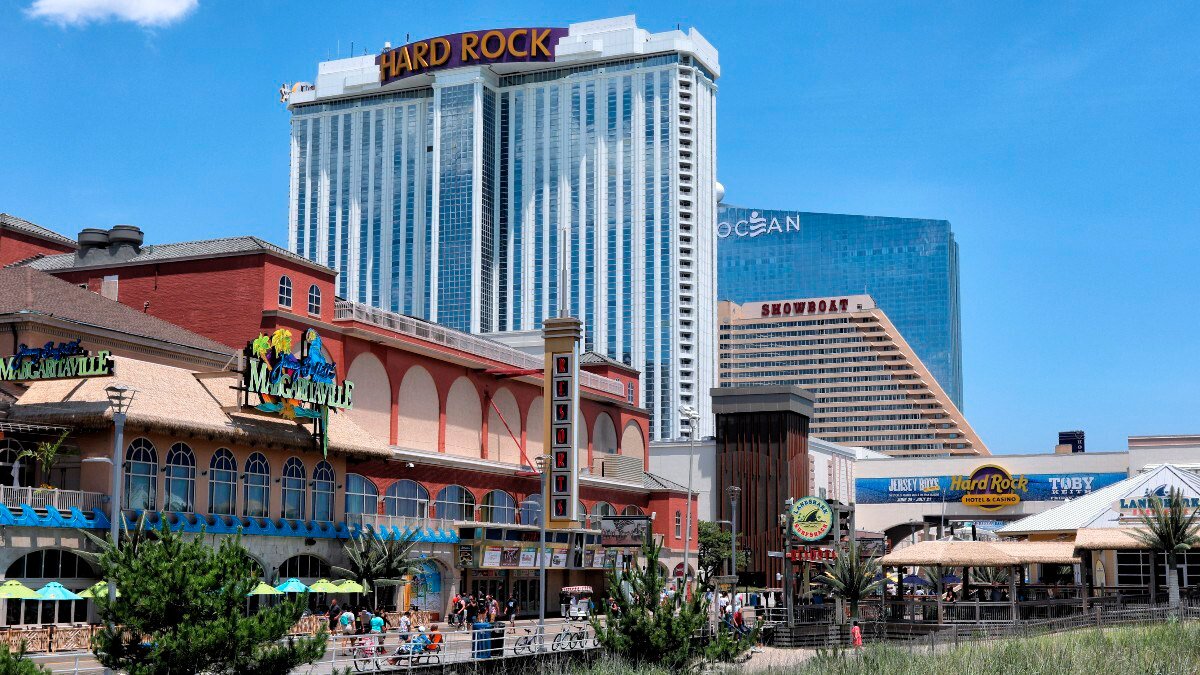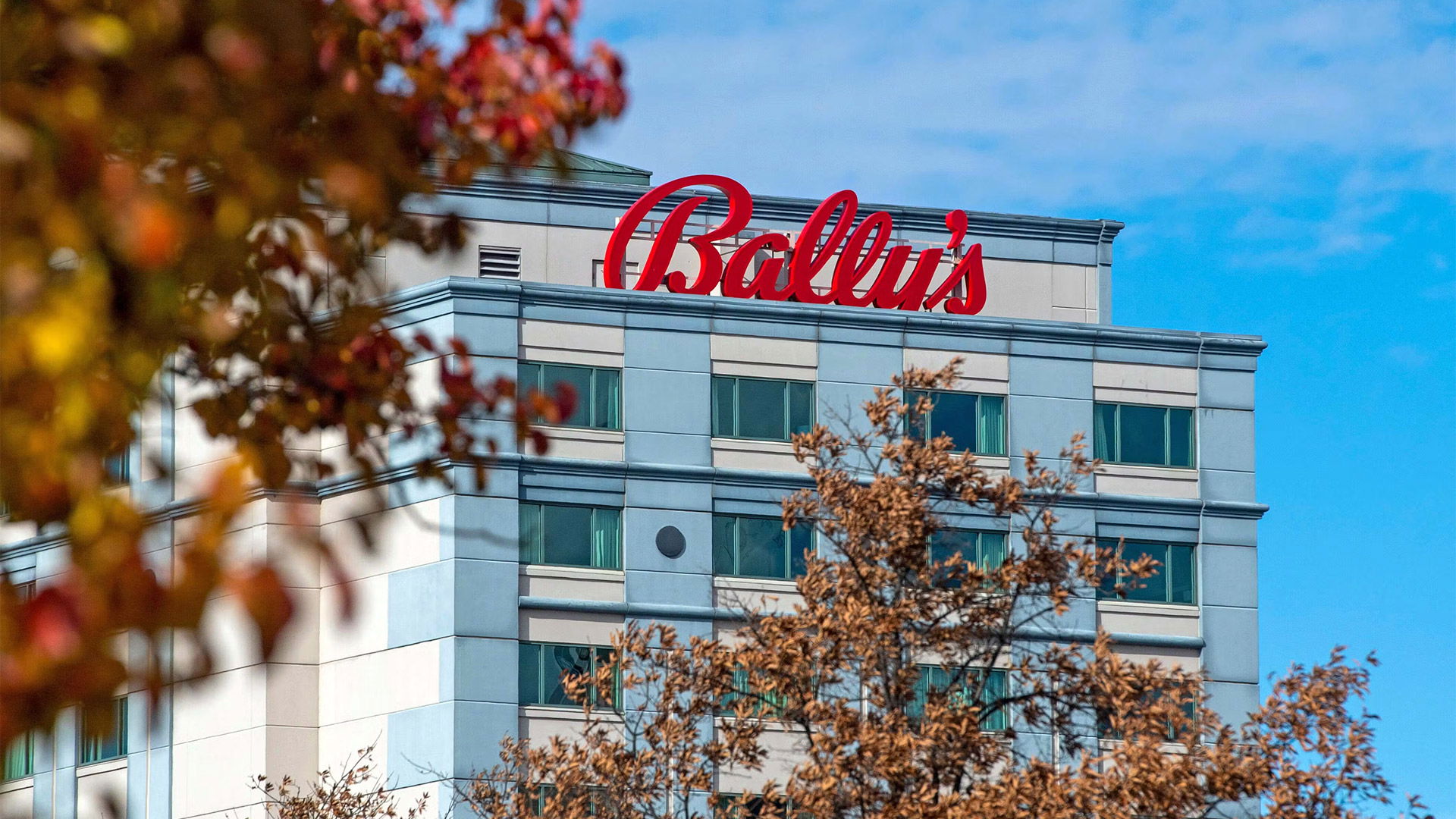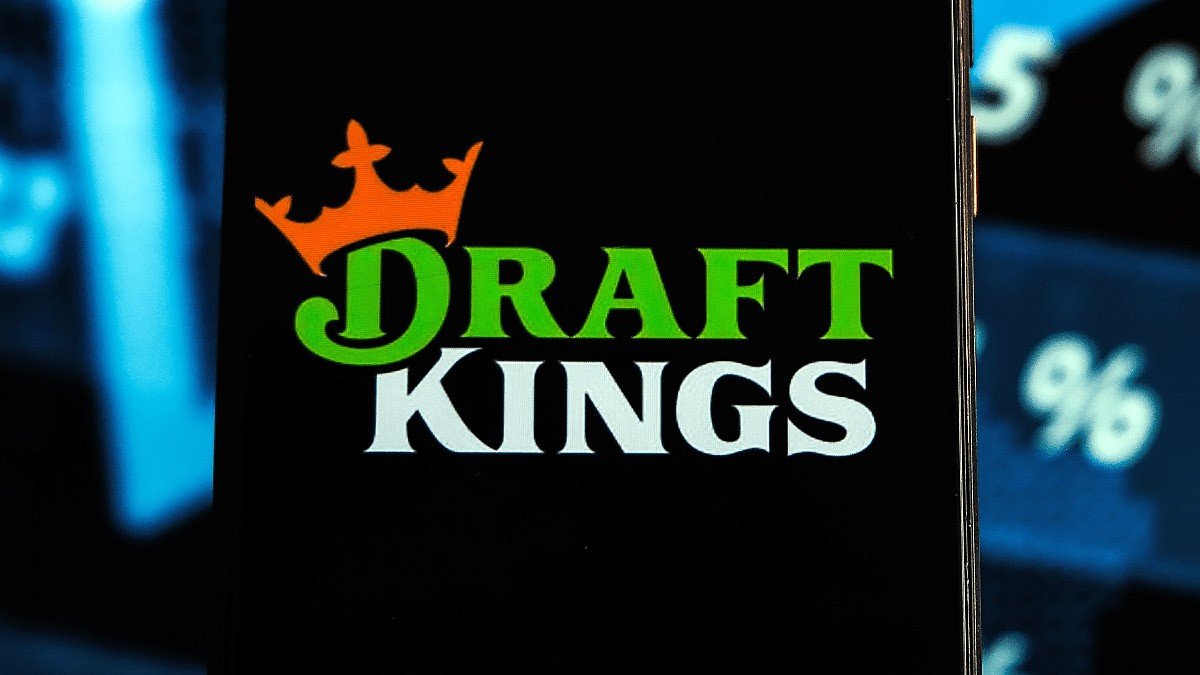California governor considers stay-home order amid upsurge in Covid cases
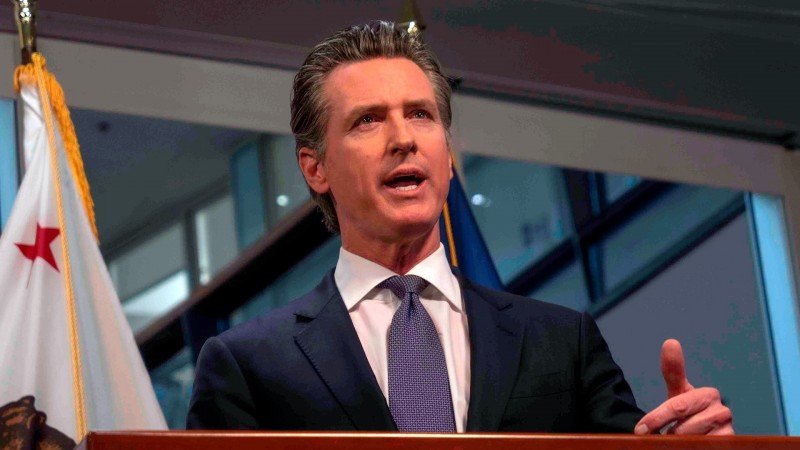
Amid an unprecedented surge of new coronavirus cases in the nation’s most populous state, Gov. Gavin Newsom said on Thursday that California will likely order most of its businesses to close or limit capacity in the coming days.
The state reported 20,759 new cases on Wednesday, shattering the previous record of more than 18,350 sets just last week, ABC 10 reports. Newsom has already imposed restrictions, including a nighttime curfew on 51 of the state's 58 counties. That covers almost all of California's nearly 40 million residents.
Newsom said that when fewer than 15% of beds are available in intensive care units for regional hospital networks, the state will order the closure of all hair salons and barbershops; bars, breweries and distilleries; casinos and indoor and outdoor playgrounds.
Four of the state’s five regions -- excluding the San Francisco Bay area -- will meet that threshold within a day or two, Newsom said.
Restaurants would be limited to take-out and delivery, while retailers would have to limit customers inside their stores to 20% capacity during the busy holiday shopping season, the Las Vegas Sun reports.
Once triggered, regions would have 48 hours to implement the rules, which must stay in effect at least three weeks. The rules don't apply to public schools.
“The bottom line is if we don’t act now our hospital system will be overwhelmed,” Newsom said. “This is the most challenging moment since the beginning of this pandemic.”
The rules signal a shift in strategy in the nation's most populous state, which until now had based its coronavirus rules on county infection rates. Newsom previously ordered new restrictions in 51 of the state's 58 counties, including asking people to cancel their holiday travel plans and imposing a nighttime curfew in those areas that include nearly all of the state's 40 million residents.
The new rules recognize the strain placed on hospital networks that serve multiple counties.
California’s virus hospitalizations have nearly quadrupled since mid-October. Thursday, the state reported 8,240 coronavirus hospitalizations, including 1,890 in intensive care units. The state now has fewer than 2,000 intensive care beds available, down from more than 3,000 available in October.
Overall, California has reported more than 1.2 million cases and more than 19,400 deaths.
The new rules, once implemented, would be a return to the kind of lockdown first imposed in March, when the pandemic was new and public health officials were scrambling to figure out how to contain the spread.
Public health experts praised the state's quick actions then, saying it likely saved lives. But the impact on the economy was severe: California lost 2.6 million jobs in March and April, prompting people to flood the state with unemployment claims.
Since then, California has gotten 44% of those jobs back in a modest recovery as new cases fell dramatically after large public gatherings ceased, and people wore masks and socially distanced at grocery stores and other public places.
But the fall holiday season, coupled with colder weather driving more people inside — where the virus flourishes — prompted warnings of a “second wave” of COVID cases that could dwarf anything the state had seen previously. Those prophecies came true last month, as new cases increased at a rate that astonished public health experts.
The new order comes after two of the state’s largest counties — Los Angeles in Southern California and Santa Clara in the San Francisco Bay Area — issued lockdowns. They also banned professional sports, forcing the NFL’s San Francisco 49ers to move some of their games to Arizona.


